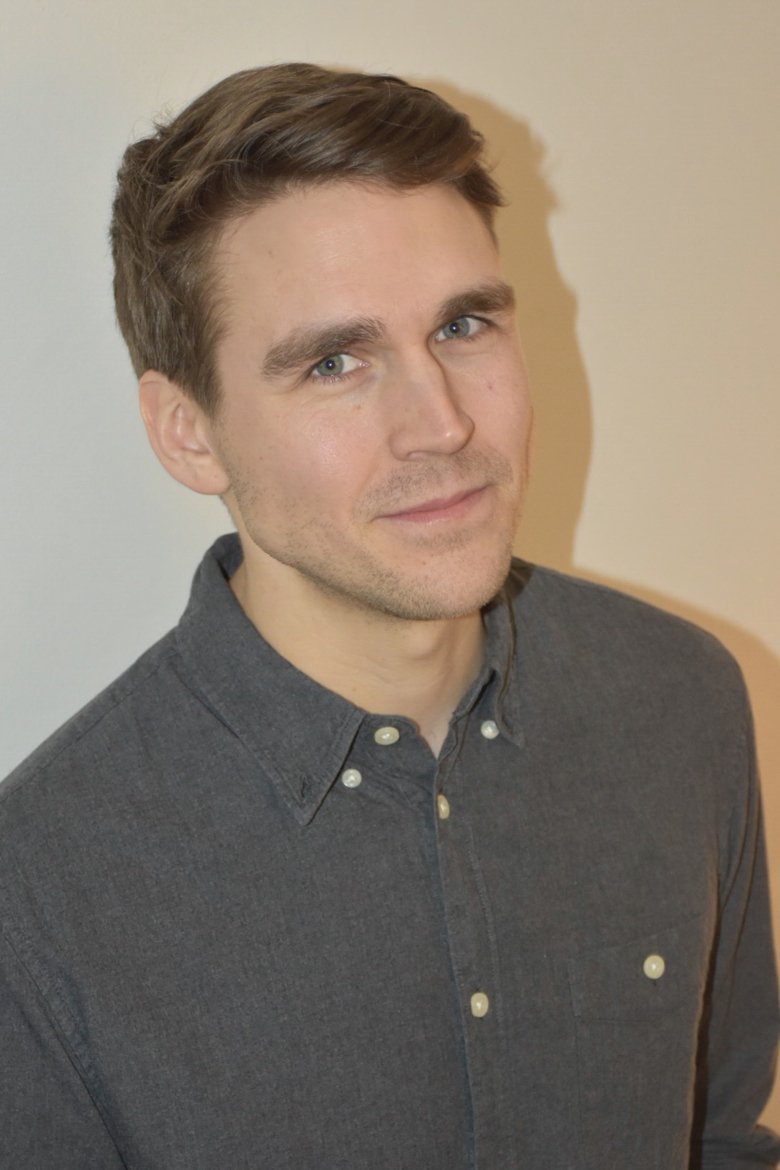New thesis about how we quantify neurodegeneration evident on medical images
Gustav Mårtensson, PhD-student at the Division of Clinical Geriatrics. On May 15, 2020 you will defend your thesis "Quantifying neurodegeneration from medical images with machine learning and graph theory", what's the main focus of the thesis?

The focus is on how we measure , or quantify, neurodegeneration evident on medical images, which is a biomarker of many dementias. In research we typically rely on automated measures, whereas in clinics visual assessments are made. We trained a deep learning model to automatically predict commonly used ratings scales of atrophy: Scheltens' scale of medial temporal atrophy (MTA), Pasquier's scale of frontal global cortical atrophy (GCA-F) and Koedam's posterior atrophy (PA) scale.
Which are the most important results?
Our model, which we call AVRA (Automatic visual ratings of atrophy), demonstrated rating agreement similar to those between expert radiologist for all three scales. We showed that implementing a model such as AVRA into clinics may be challenging due to the great heterogeneity in image quality across clinics.
How can this new knowledge contribute to the improvement of people’s health?
AI is likely to play a large role in healthcare in the future, and our work is a small part in how to get there. We have made our software publicly available for anyone to use. As visual ratings of atrophy are inherently subjective, we hope that automated measures from AVRA can help researchers to quickly characterize their neuroimaging data through the clinical rating scales and thus bridge the gap between research and clinics.
What´s in the future for you? Will you keep on conducting research?
I will hopefully continue working with machine learning and medical imaging as it is a fascinating area that is progressing quickly.
